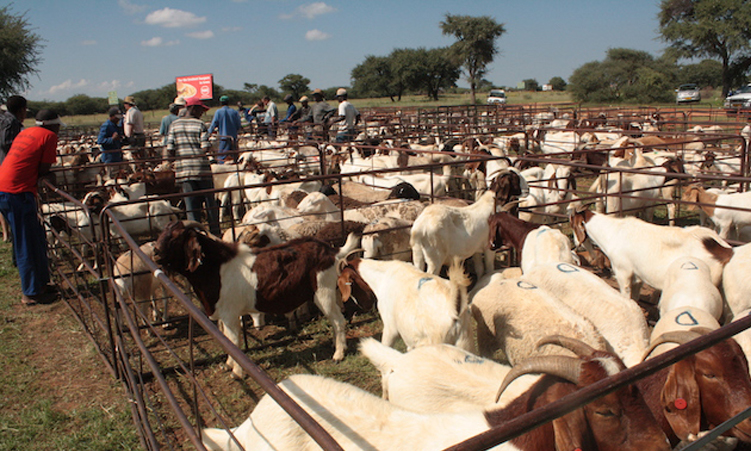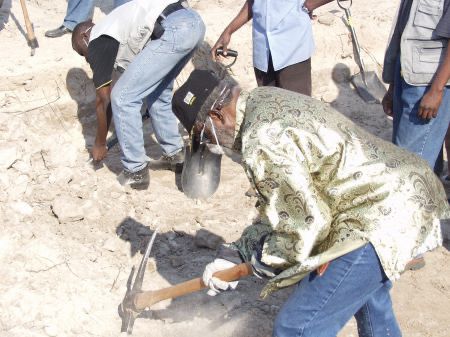The biting effects of drought have pushed up the total number of cattle marketed by 47,9% in the first three months of this year.
On a year-on-year basis 86 693 head of cattle were marketed.
The Bank of Namibia Quarterly Bulletin, released in June, says the rise in marketing was chiefly reflected in the number of weaners exported live and cattle slaughtered for exports, which rose by 87,9% and 32,2% to 57 562 and 21 252 head of cattle, respectively.
“This resulted from a strong demand for weaners from South Africa, coupled with drought-induced marketing due to the generally disappointing rainfall conditions during the 2023/24 season,” The Bank of Namibia (BoN) said.
The bank noted that farmers had also marketed more at export-approved abattoirs than local abattoirs due to favourable prices offered, leading to a 33,8% decline in the cattle slaughtered for local consumption to 7 879 head during the quarter.
On a quarterly basis, the number of cattle marketed increased by 43,5% from 60 436 head, reflected in the substantial number of live weaners exported and cattle slaughtered for export.
These rose by 76% and 7,8% from 32 701 and 19 710 head, respectively, in the final quarter of 2023.
The bulletin said because of increased supply of cattle amid the looming drought, producer prices had declined both yearly and quarterly by 3,8% and 4,4%, respectively, to N$57,62 per kilogramme during the quarter.
“Likewise, weaner prices declined both year on year and quarter on quarter by 22,8% and 9,5%, respectively, to N$24,75 per kilogramme,” the BoN said.
The number of small stock marketed rose on a yearly basis by 15,3% to 219 071 units during the first quarter of 2024, compared to the corresponding quarter of 2023.
This was bolstered by increased small stock exported live, which rose by 27,8% to 176 985 heads during the quarter.
This was underscored by strong demand for sheep from the Northern Cape and goat exports to KwaZulu-Natal, South Africa.
The number of small stock slaughtered for local consumption and sheep slaughtered for exports declined by 24,2% and 12%, respectively, to 20 613 and 21 434 head due to unfavourable prices, according to the BoN.
Milk production rose year on year, but declined quarterly.
It increased yearly by 9% to 3,8 million litres during the first quarter of 2024.
Increased input costs compelled small-scale farmers to sell cows to large-scale farmers, which in turn increased milk production from intensive farmers using newly acquired cows, serving as a catalyst for the surge.
In crop production, white maize rose while pearl millet and wheat dropped on a yearly basis, but all monitored crops saw quarterly declines as unfavourable rainfall conditions continued to weigh on domestic crop production.
Local production of white maize rose by 70,8% to 2 203 tonnes during the quarter, mainly attributed to a marked harvest from irrigation production.
The production of pearl millet and wheat declined by 38% and 6%, respectively, to 187 tonnes and 471 tonnes attributed to generally disappointing rainfall received in the 2023/24 rainfall season.
Stay informed with The Namibian – your source for credible journalism. Get in-depth reporting and opinions for
only N$85 a month. Invest in journalism, invest in democracy –
Subscribe Now!










